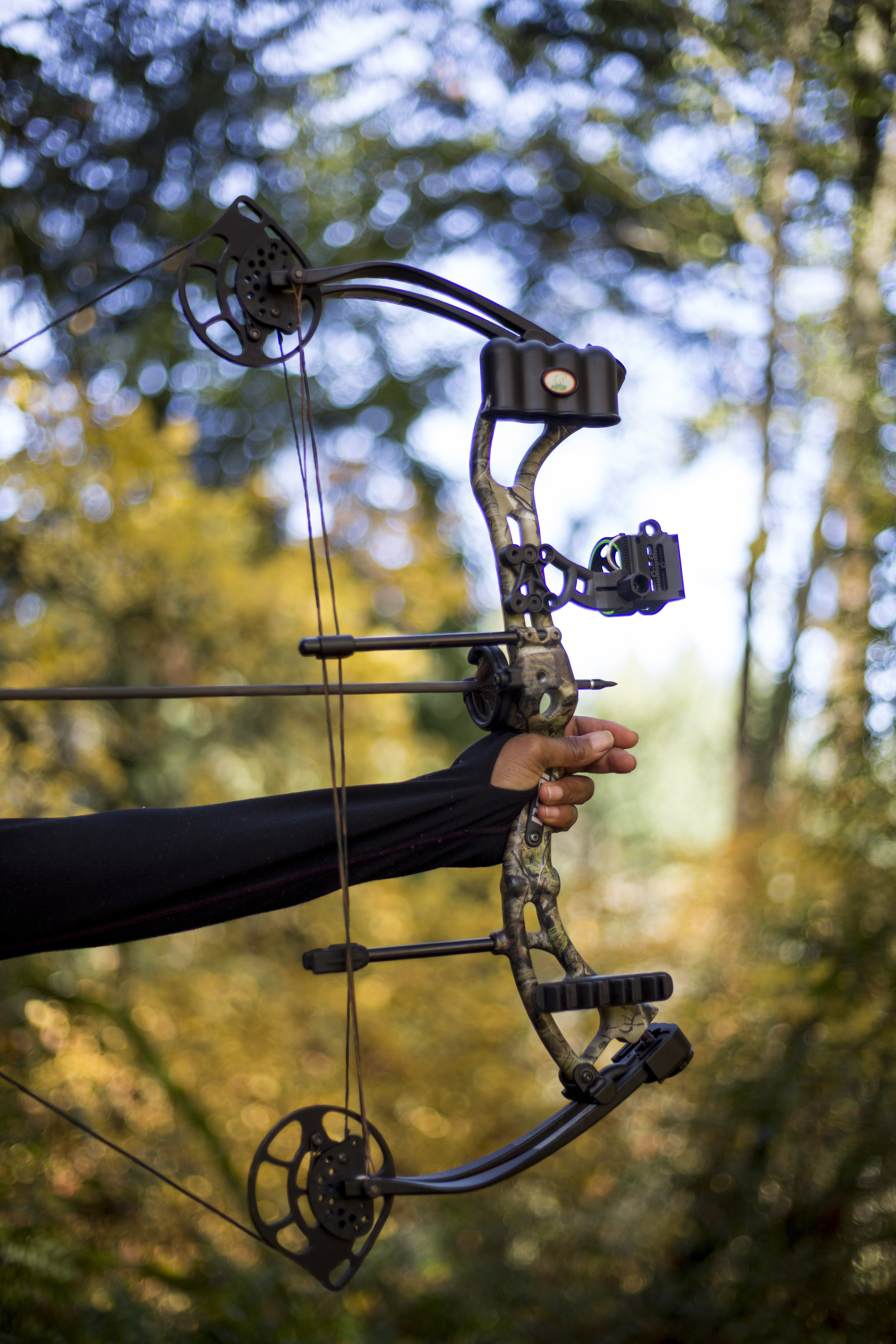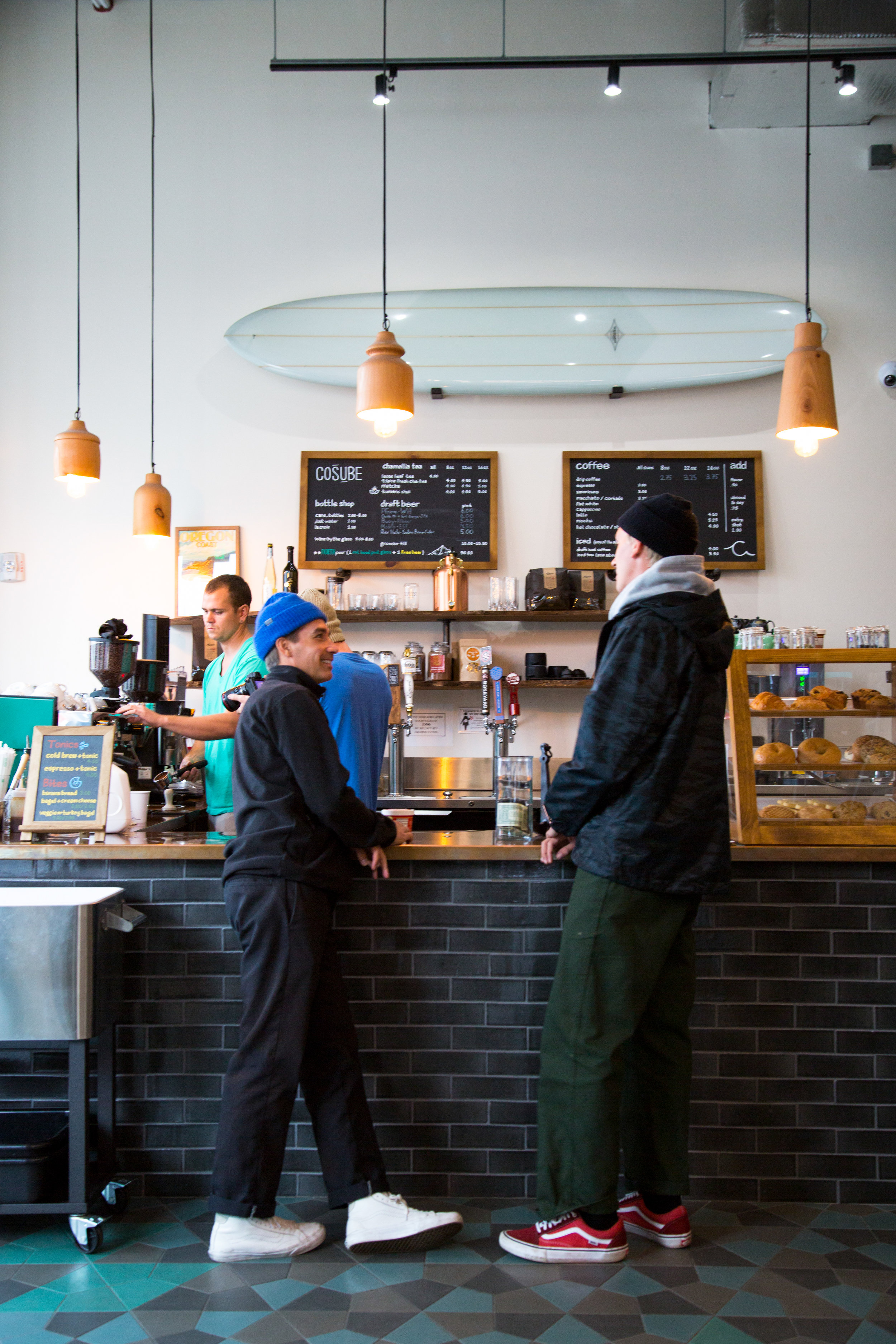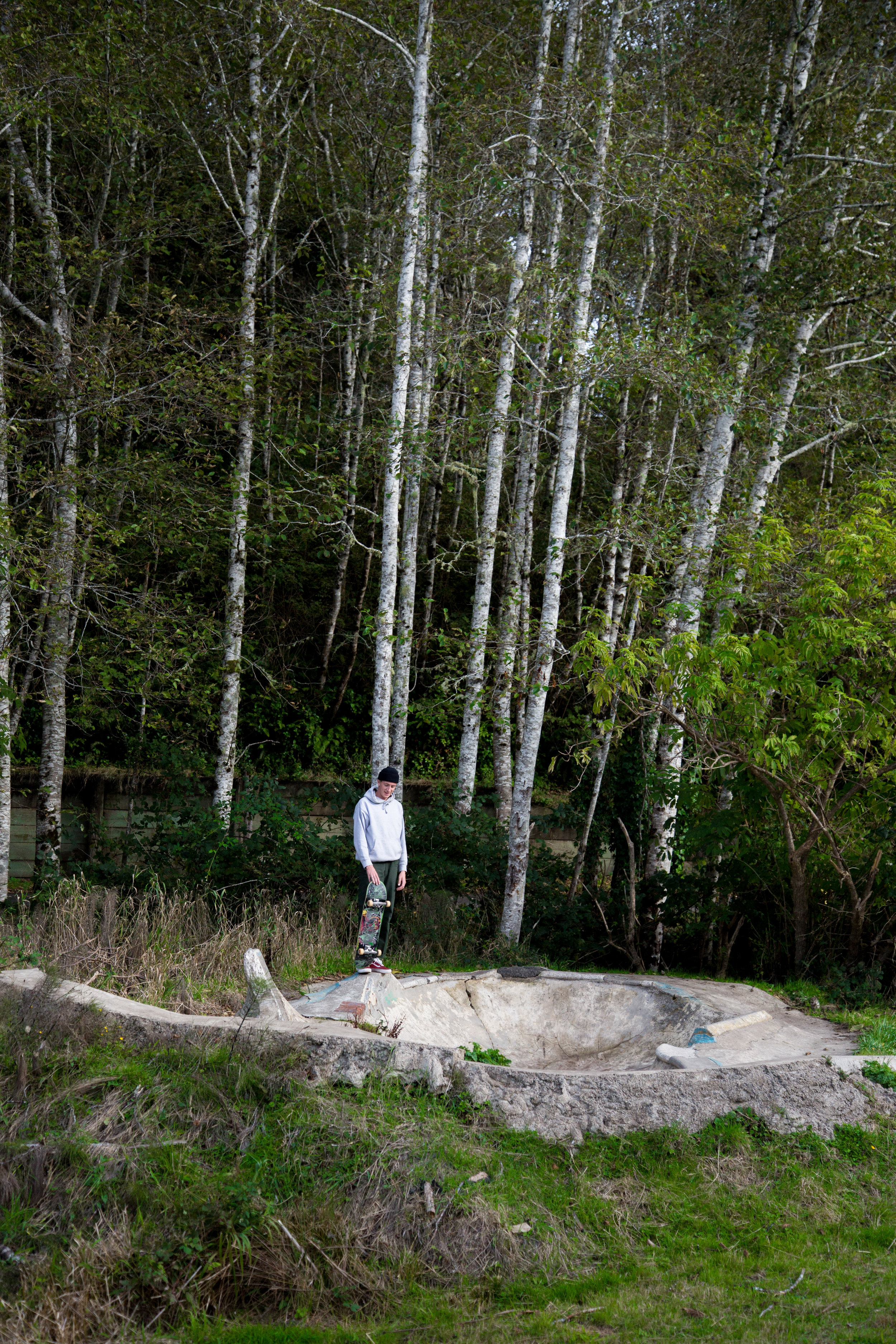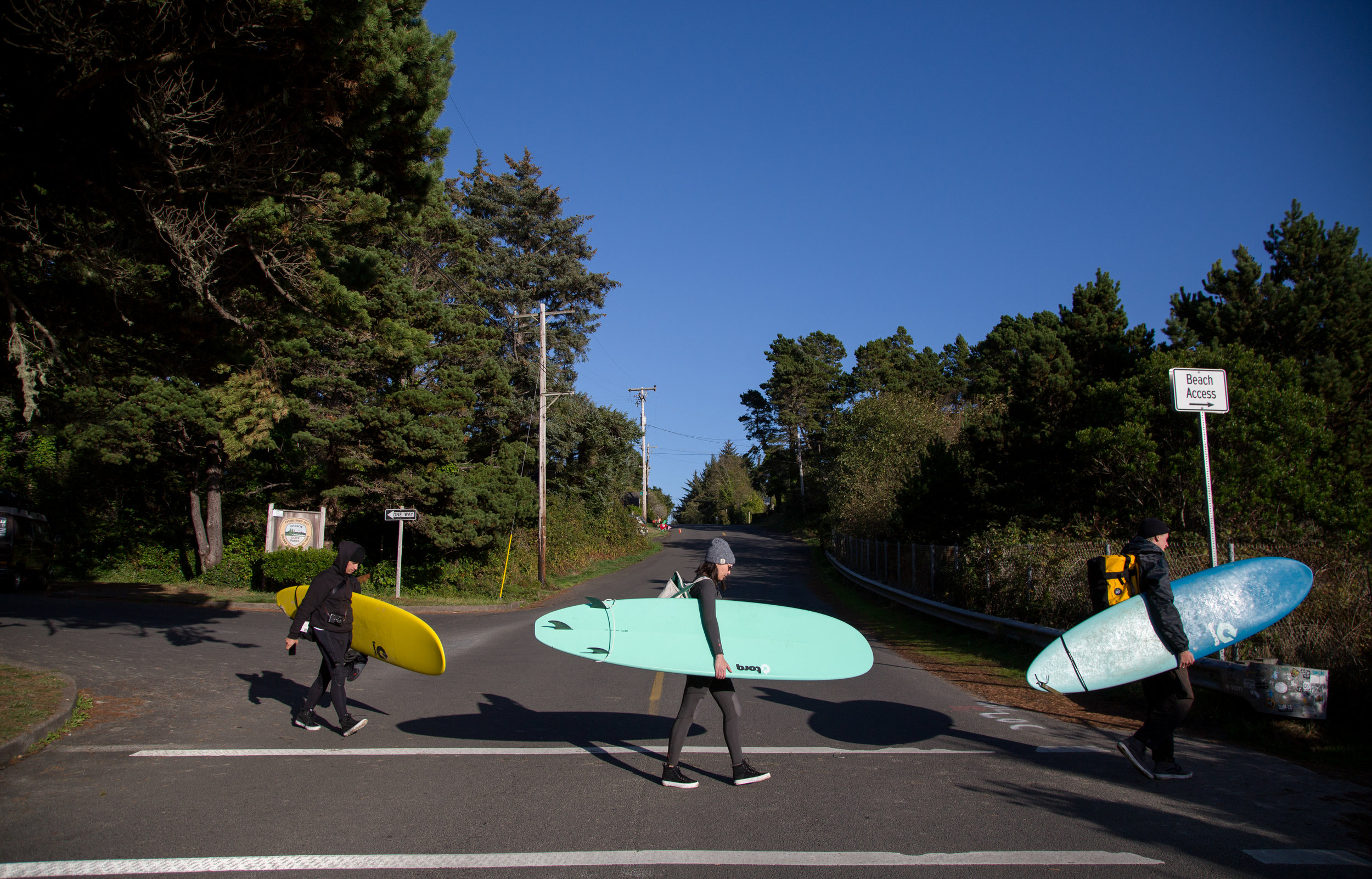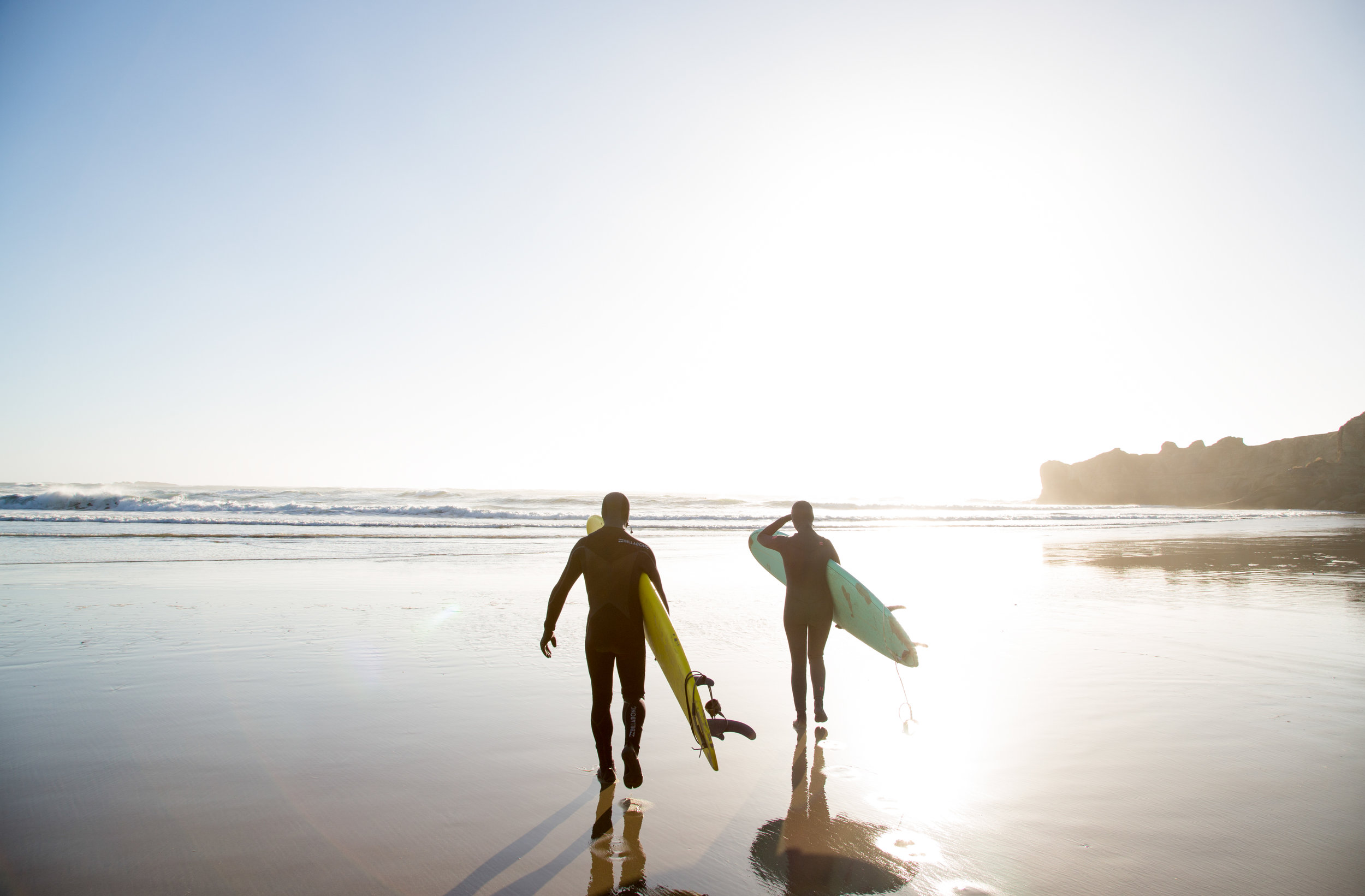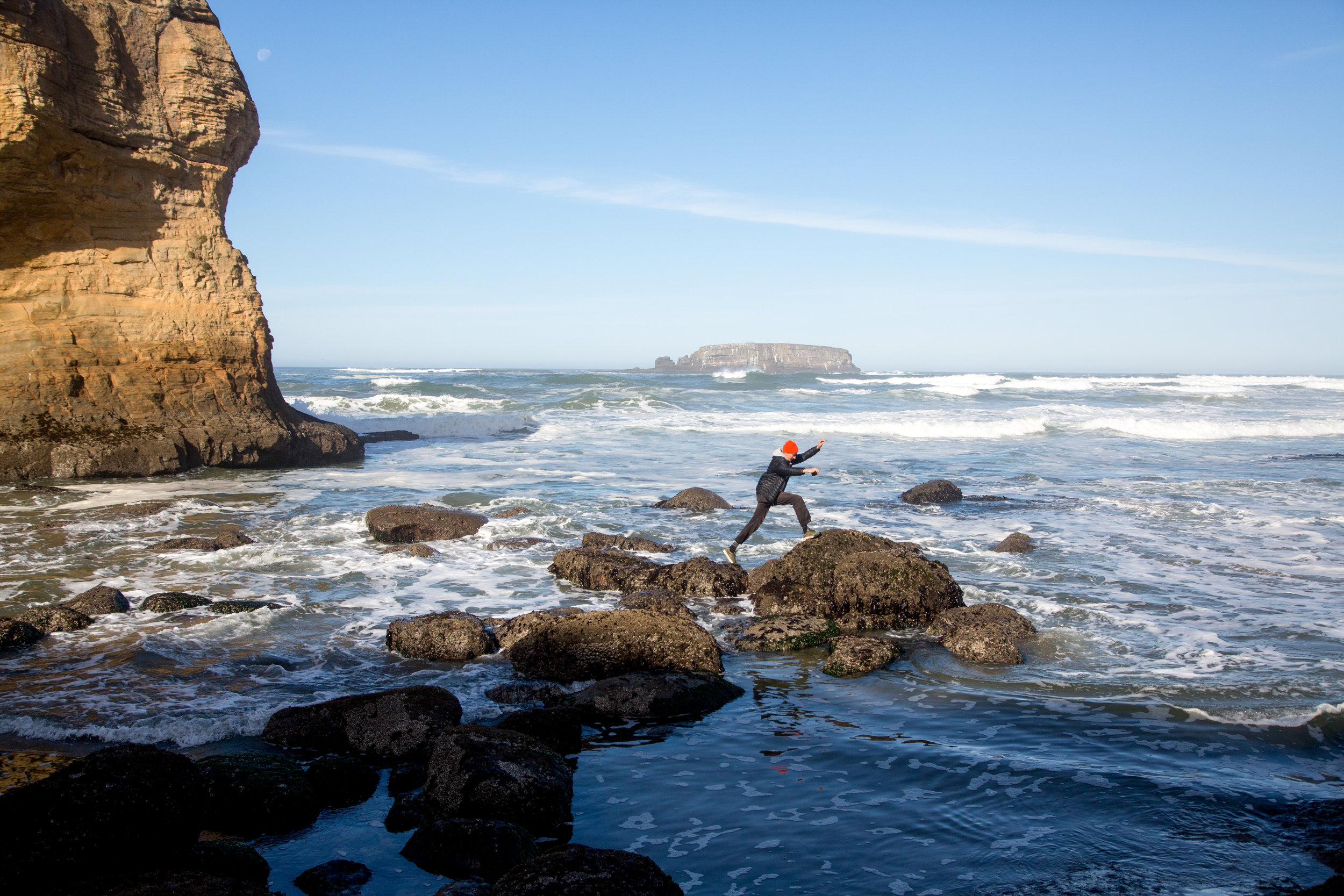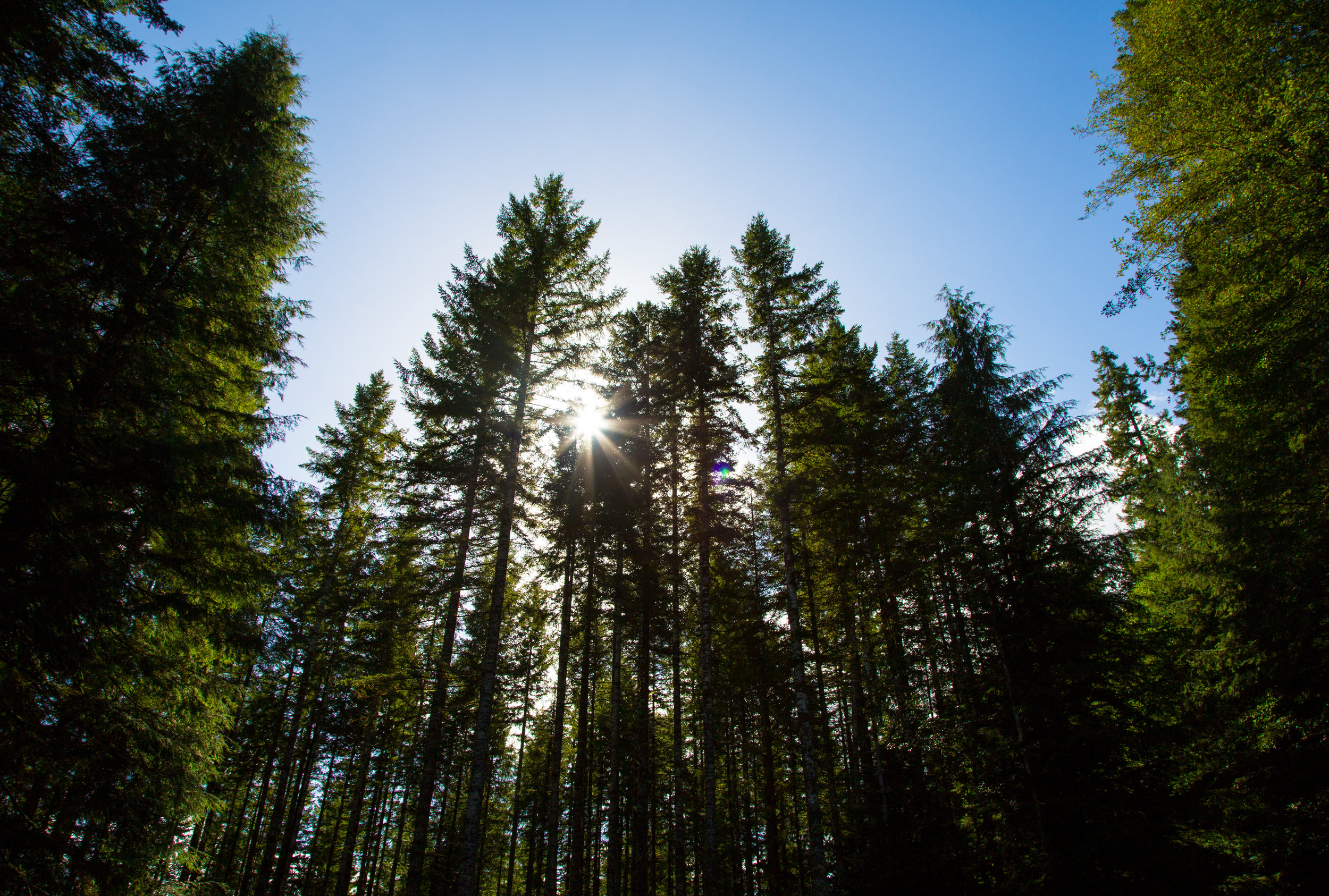The weather of the springtime and summer throughout the Sierra in general is usually varied by slight local rains and dustings of snow, most of which are obviously far too joyous and life-giving to be regarded as storms — single clouds growing in the sunny sky, ripening in an hour, showering the heated landscape, and passing away like a thought, leaving no visible bodily remains to stain the sky. Snowstorms of the same gentle kind abound among the high peaks, but in spring they not infrequently attain larger proportions, assuming a violence and energy of expression scarcely surpassed by those bred in the depths of winter. Such was the storm now gathering about us.
It began to declare itself shortly after noon, suggesting to us the idea of at once seeking our safe camp in the timber and abandoning the purpose of making an observation of the barometer at 3 p.m. — two having already been made, at 9 a.m. and 12 a.m., while simultaneous observations were made at Strawberry Valley. Jerome peered at short intervals over the ridge, contemplating the rising clouds with anxious gestures in the rough wind, and at length declared that if we did not make a speedy escape we should be compelled to pass the rest of the day and night on the summit. But anxiety to complete my observations stifled my own instinctive promptings to retreat and held me to my work. No inexperienced person was depending on me, and I told Jerome that we two mountaineers should be able to make our way down through any storm likely to fall.
Presently thin, fibrous films of cloud began to blow directly over the summit from north to south, drawn out in long fairy webs like carded wool, forming and dissolving as if by magic. The wind twisted them into ringlets and whirled them in a succession of graceful convolutions like the outside sprays of Yosemite Falls in flood time; then, sailing out into the thin azure over the precipitous brink of the ridge, they drifted together like wreaths of foam on a river. These higher and finer cloud fabrics were evidently produced by the chilling of the air from its own expansion caused by the upward deflection of the wind against the slopes of the mountain. They steadily increased on the north rim of the cone, forming at length a thick, opaque, ill-defined embankment from the icy meshes of which snow-flowers began to fall, alternating with hail. The sky speedily darkened, and just as I had completed my last observation and boxed my instruments ready for the descent, the storm began in earnest. At first the cliffs were beaten with hail — every stone of which, as far as I could see, was regular in form — six-sided pyramids with a rounded base, rich and sumptuous-looking, and fashioned with loving care, yet seemingly thrown away on those desolate crags down which they went rolling, falling, sliding in a network of curious streams.
After we forced our way down the ridge and past the group of hissing fumaroles, the storm became inconceivably violent. The thermometer fell 22 degrees in a few minutes, and soon dropped below zero. The hail gave way to snow, and darkness came on like night. The wind, rising to the highest pitch of violence, boomed and surged amid the desolate crags. Lightning flashes in quick succession cut the gloomy darkness, and the thunders, the most tremendously loud and appalling I ever heard, made an almost continuous roar, stroke following stroke in quick, passionate succession, as though the mountain were being rent to its foundations and the fires of the old volcano were breaking forth again.
Could we at once have begun to descend the snow slopes leading to the timber, we might have made good our escape, however dark and wild the storm. As it was, we had first to make our way along a dangerous ridge nearly a mile and a half long, flanked in many places by steep ice-slopes at the head of the Whitney Glacier on one side and by shattered precipices on the other. Apprehensive of this coming darkness, I had taken the precaution, when the storm began, to make the most dangerous points clear to my mind, and to mark their relations with reference to the direction of the wind. When, therefore, the darkness came on, and the bewildering drift, I felt confident that we could force our way through it with no other guidance. After passing the “hot springs,” I halted in the lee of a lava-block to let Jerome, who had fallen a little behind, come up. Here he opened a council in which, under circumstances sufficiently exciting but without evincing any bewilderment, he maintained, in opposition to my views, that it was impossible to proceed. He firmly refused to make the venture to find the camp, while I, aware of the dangers that would necessarily attend our efforts, and conscious of being the cause of his present peril, decided not to leave him.
Our discussions ended. Jerome made a dash from the shelter of the lava-block and began forcing his way back against the wind to the “hot springs,” wavering and struggling to resist being carried away as if he were fording a rapid stream. After waiting and watching in vain for some flaw in the storm that might be urged as a new argument in favor of attempting the descent, I was compelled to follow.
“Here,” said Jerome, as we shivered in the midst of the hissing, sputtering fumaroles, “We shall be safe from frost.”
“Yes,” said I, “We can lie in this mud and steam and sludge, warm at least on one side. But how can we protect our lungs from the acid gases? And how, after our clothing is saturated, shall we be able to reach camp without freezing, even after the storm is over? We shall have to wait for sunshine, and when will it come?”






